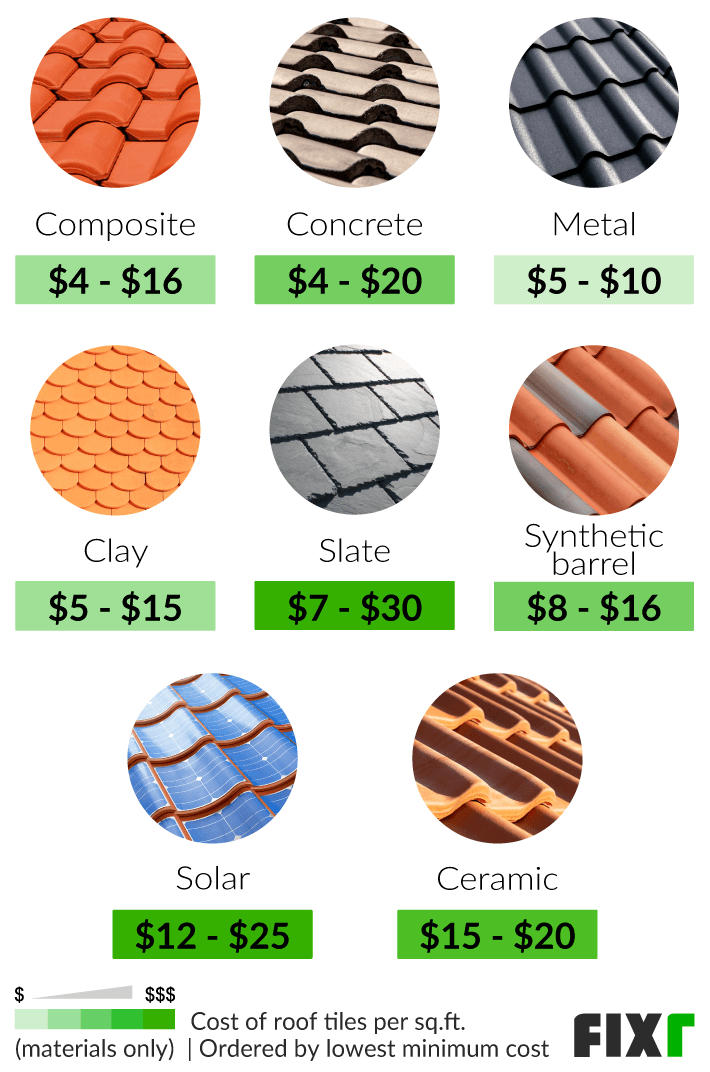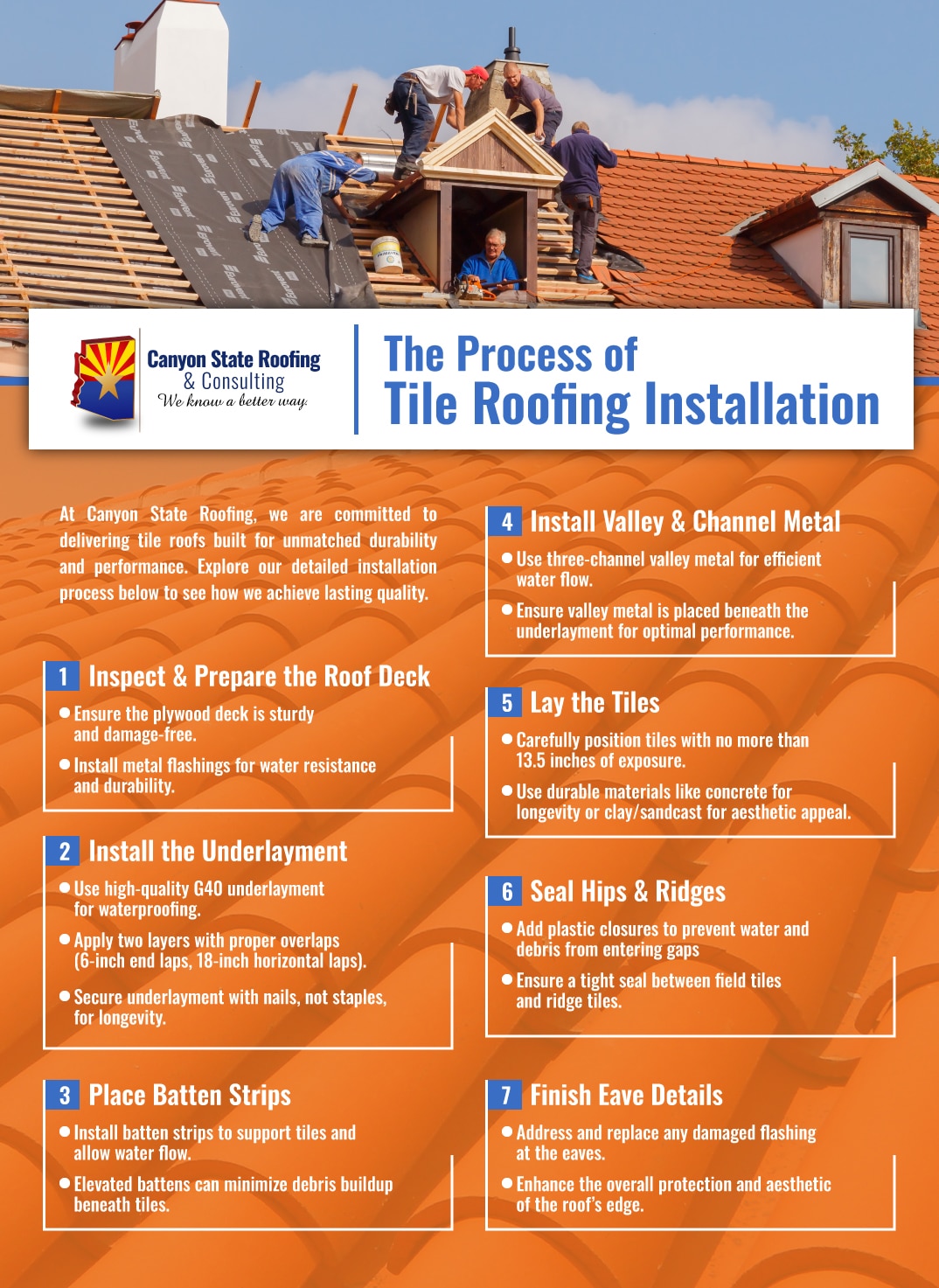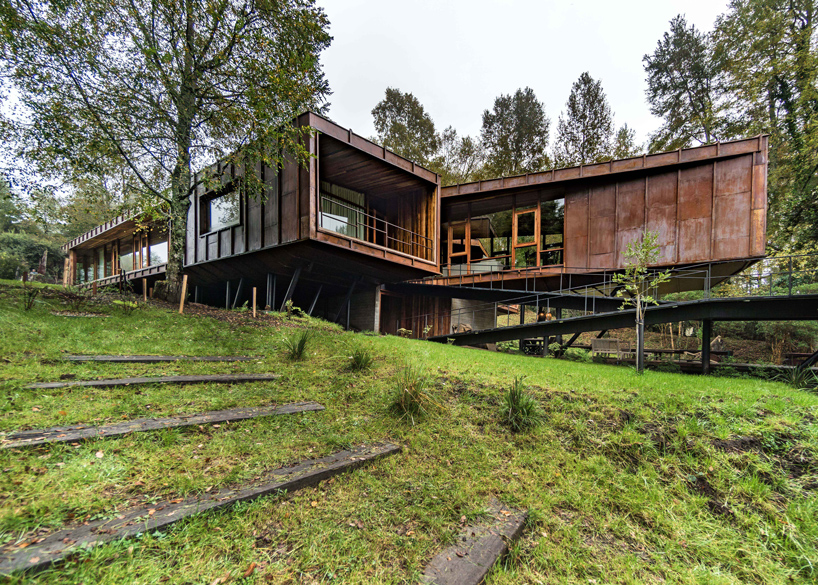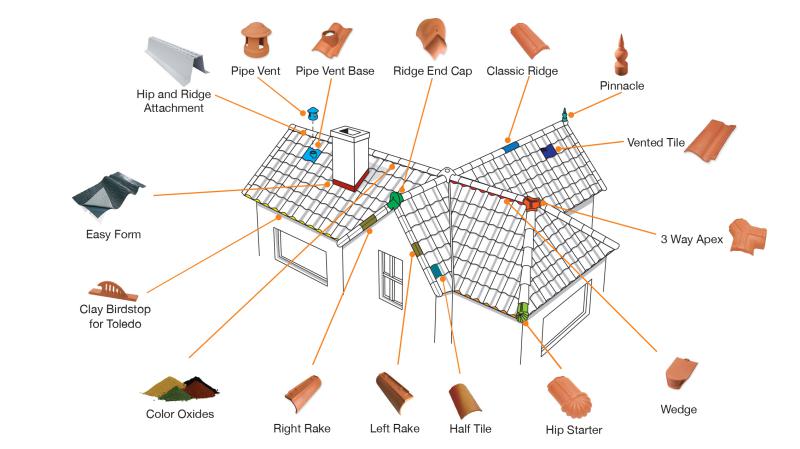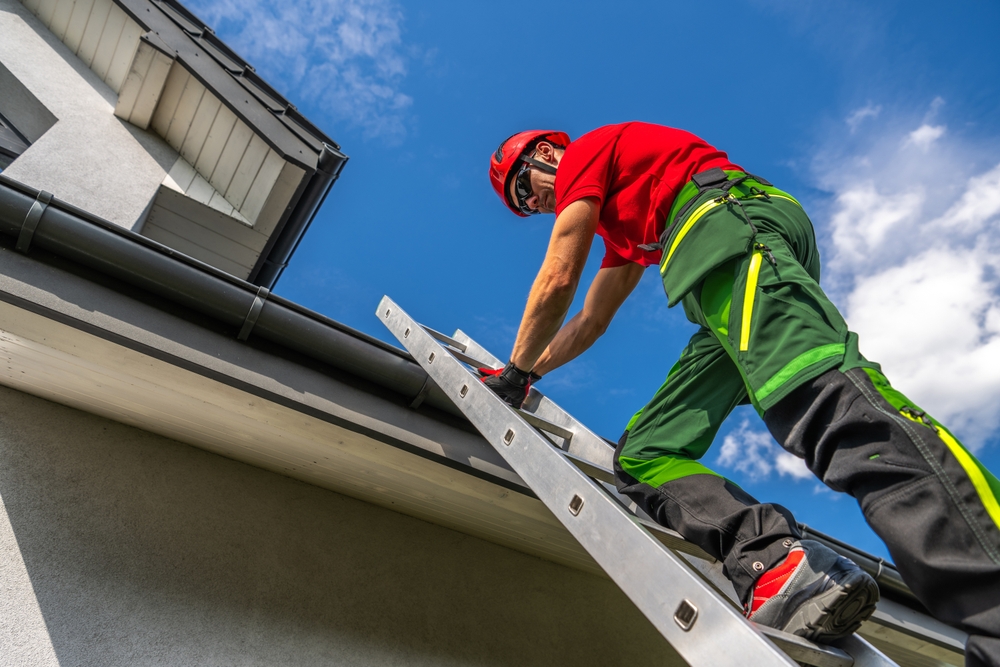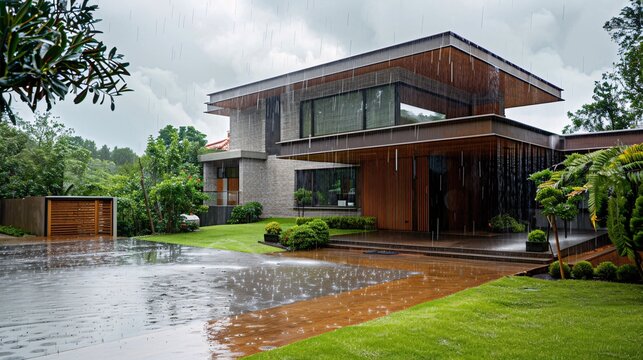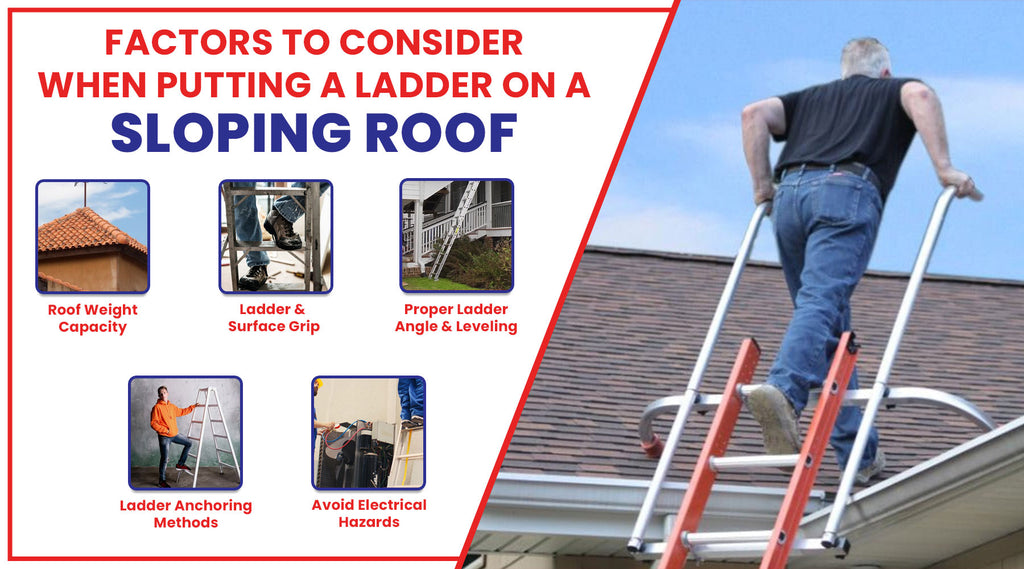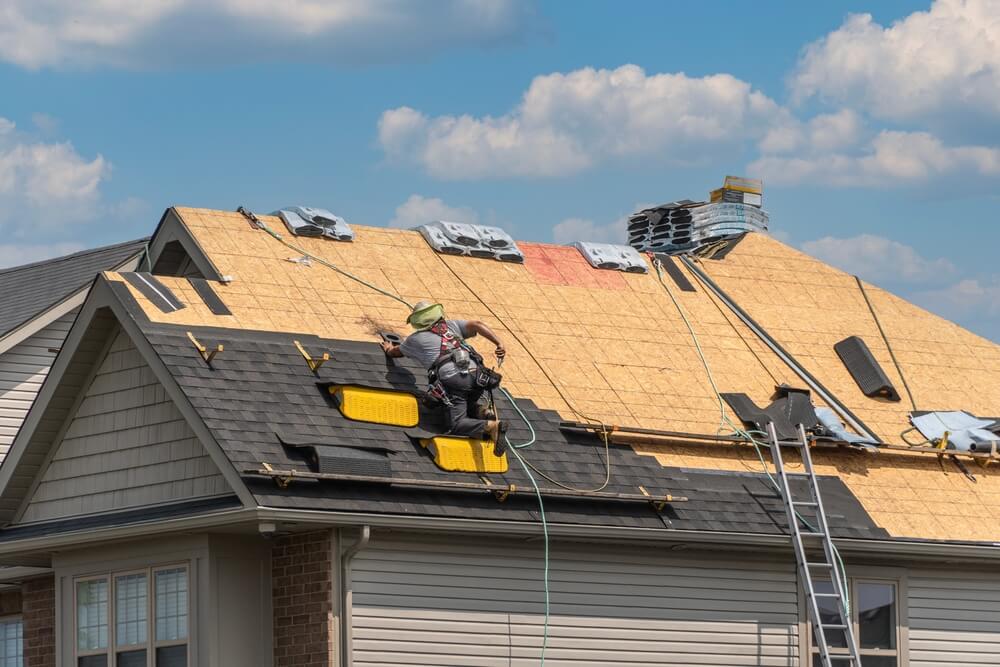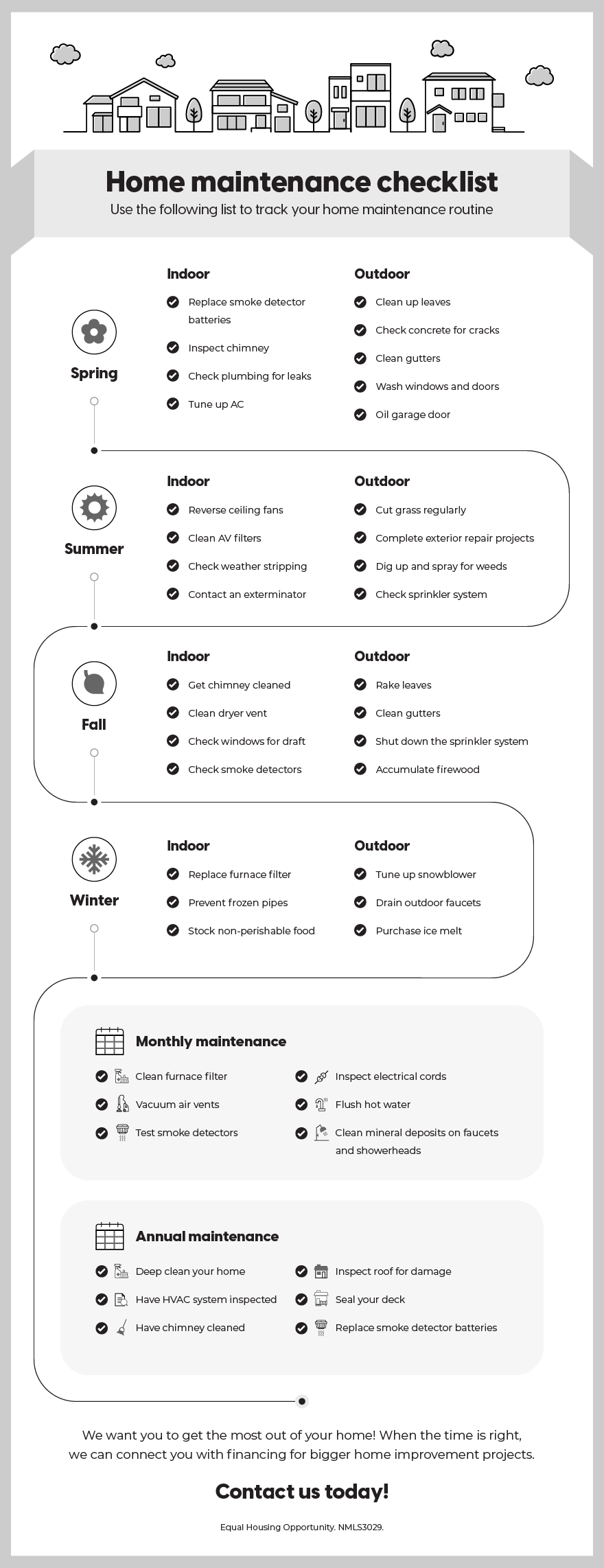Chilean Roof Materials: Performance Comparison
Choosing the right roofing material is crucial for long-term performance in Chile's diverse climate zones. From coastal humidity to mountain temperature swings, each material offers distinct advantages and limitations. This comprehensive comparison helps you select the optimal roofing system for your specific location and budget.
Clay tile roofing excels in coastal areas due to its salt resistance and excellent thermal properties. Concrete tiles offer similar performance at lower cost, making them popular throughout central Chile. Metal roofing provides superior durability in high-wind areas and reflects solar heat effectively. Asphalt shingles offer the most economical option but require more frequent replacement in harsh conditions.
Consider factors including local building codes, wind ratings, fire resistance requirements, and aesthetic preferences. Chilean homeowners in earthquake-prone areas should prioritize lighter materials and secure attachment methods. Each material requires specific installation techniques and maintenance schedules for optimal performance.
